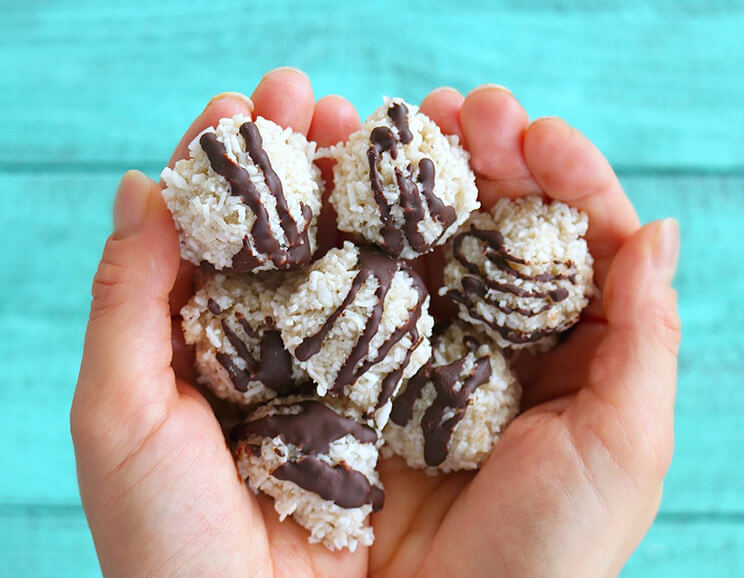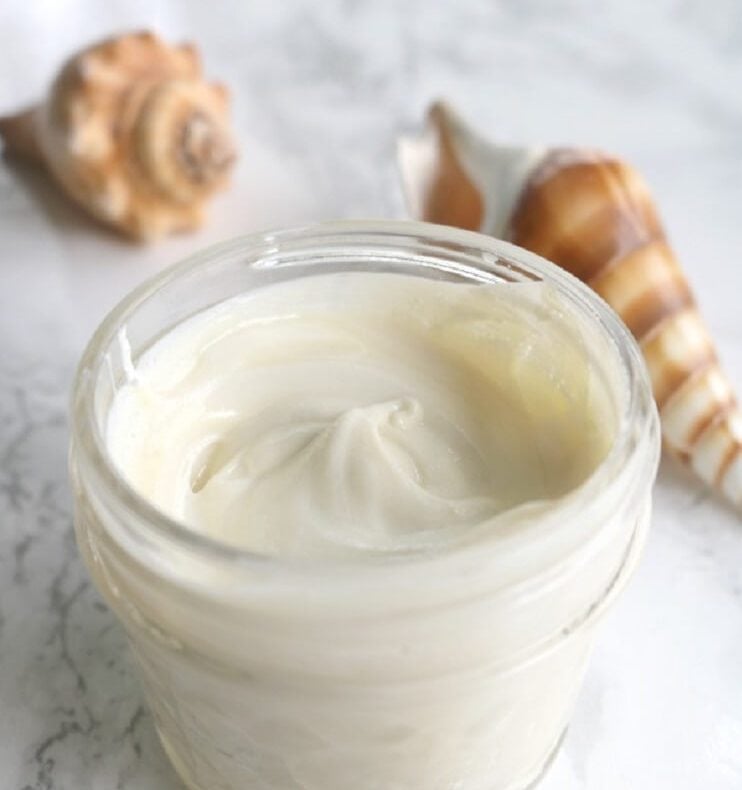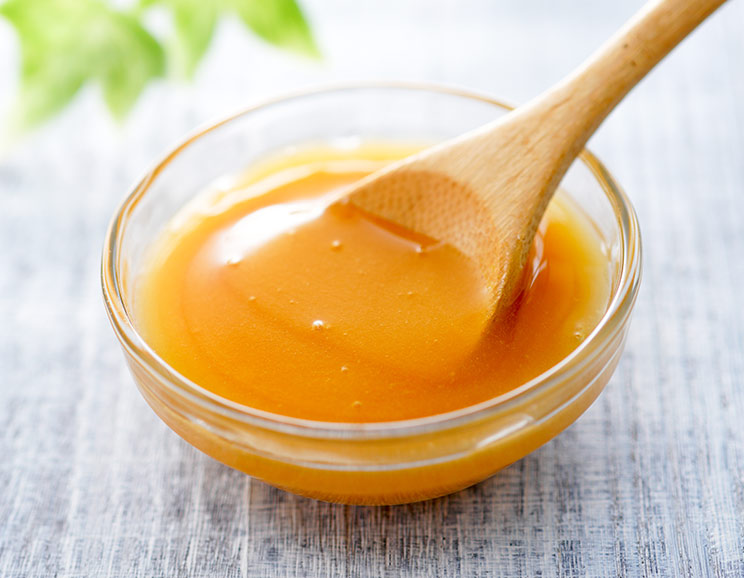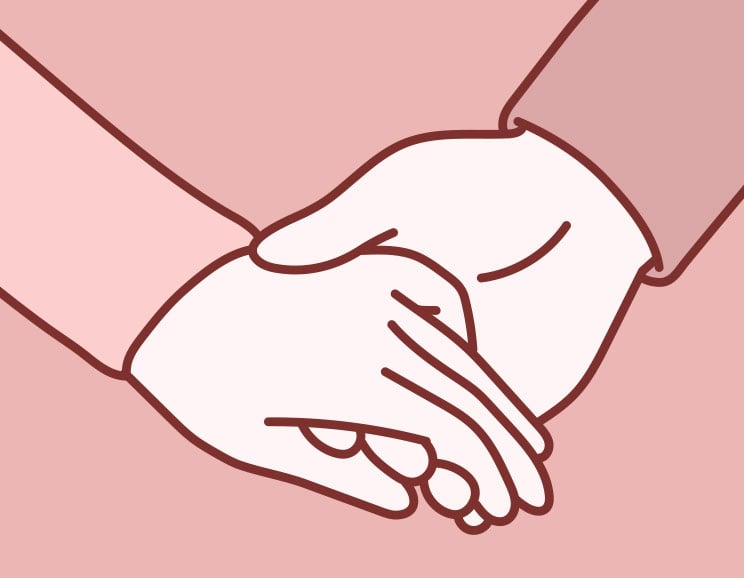Welcome to another edition of our “Weekly Wellness Report”, where our editors fill you in on the latest health and wellness news. We’re serving up top articles to fill your reading list with all the illuminating essentials.
This week, we find out why time speeds up as we age with Quartz, whether celery juice is worth the hype at Greatist, and the top foods aiming to kill us at Time (yikes). We also peek a great read on why sunscreen is not all it’s cut out to be at Outside and a New York Times piece that uncovers how fecal transplants could be the new medical treatment for everything gut-related.
If you’ve ever wondered why time slips away at a faster rate with age, you may be experiencing an altered perception of the mind. According to an article at Quartz, the concept of time (based on an upcoming study by Duke University) is based on two distinct factors: the way our mind perceives time and the way we evaluate time based on hours, days, years, and clocks.
Want naturally radiant skin? We’ve created a FREE guide to give you the best tips & tricks for natural skincare.
Click here to get your FREE copy of our Skincare Guide!
Just like something out of the Twilight Zone, where the concept of dual realities exist, the difference between our “mind time” and the measurable “physical time” relies heavily on how each person views the world in day-to-day experiences. From the amount of sleep we get to our daily activities and age, our ever-changing stimulus shapes the speed at which each person views time differently.
So, while your 5-year-old nephew is enjoying time at a seemingly slower rate than your aunt Gertrude at 67 years old, the truth is he’s not dealing with a whole lot of fatigue or brain complexities that speed up his perception of time. On the other hand, it’s very possible that Aunt Gertrude can slow down her perception of time by getting more rest and adhering to a cleaner lifestyle. And with that, I think we all can agree that time is relative to how good we feel on the inside.

One way to jumpstart your road to clean-eating happiness could be the new celery juice trend popping up all over social media. But is it really worth the hype? The folks over at Greatist seem to suggest that it’s both a yes and a no – depending on who it is you’re talking to.
For many people online, celery juice is the all-encompassing super drink that leads to reduced bloating, clearer skin, and improved digestion. Of course, the list for healing doesn’t stop there, with personal testimonies ranging from weight loss to feelings of pure zen. So how is it that this green juice still can’t catch a break with skeptics?
For one, there’s a range of experts (including scientists and nutritionists) that suggest celery is no more nutritional than any other veggie on the market. Although most agree that it packs a significant amount of vitamin K and antioxidants, other nutrients (like fiber and magnesium) fall short compared to others.
There’s also the fact that juicing often removes vital fibers that help us feel fuller longer. Plus, juicing alone is not enough to transform your health without proper diet and exercise. At the end of the day, both sides agree that more veggies are better than none and are most definitely better than reaching for a can of soda.

Of all the foods researched in the data, fried chicken and fish were the biggest culprits associated with high mortality rates and high cardiovascular disease in women ages 50-79 years old. The 20-year study (which began in the 1990s), suggests that women who reported eating fried food at least once a day were eight percent more likely to die early than those who reported not eating any at all.
So why do chicken and fish top the list as the worst fried foods to eat? Researchers say it probably has to do with the way they’re prepared. For starters, these meats often take more time to cook in the fryer and are often exposed to increased byproducts resulting from restaurants that reuse oils. To play it safe, we suggest making your own fried favorites at home, or giving “unfried” baked chicken a go.

On the subject of hype versus fact, there’s a hot-button story on Outside that questions what we know about sunscreen and vitamin D. In an attempt to understand how current society became so afraid of sun exposure, the writer suggests that sunscreen is not a one-size-fits-all solution to optimal outdoor health.
Instead, he suggests that it could be putting some people at risk – especially people of color or those with higher melanin. But don’t take his word for it. In this article, he includes new research and expert opinions that draw correlations between unprotected sun exposure and increased vitamin D (a natural hormone our bodies produce to absorb calcium).
On the flip side, there’s debate as to whether the benefits of unprotected sun exposure could outweigh the percentages of skin cancers like melanoma. There’s also discussion as to whether supplements are efficient enough to replace the natural way our bodies produce nutrients on their own (like vitamin D). As for us, we believe in the natural healing effects of sunlight, but still recommend you speak with a doctor before ditching sunscreen completely.
Considered an “investigational new drug”, the point is to insert a healthy stool sample from a verified donor into a patient with serious colon infections to increase good bacteria in the gut.
Our final story is not for the squeamish but could be the major medical breakthrough that helps aid gut infections once and for all. The New York Times is sharing an in-depth examination of what it means to undergo a fecal transplant and why more people should consider getting one. (Okay, we get it – it sounds a bit icky, but stay with us).
Considered an “investigational new drug”, the point is to insert a healthy stool sample from a verified donor into a patient with serious colon infections to increase good bacteria in the gut. To do this, doctors either insert a tube through the nose and into the small intestine or introduce it to patients via colonoscopy exams. There’s also a pill form you can swallow if none of those choices pique your interest.
And while past studies have indicated promising results to better gut health, more researchers are suggesting it could be a new treatment for obesity, urinary tract infections, ulcerative colitis, irritable bowel syndrome, and so much more. So while more and more health professionals are jumping on board, it’s still a work in progress with the FDA and the general public. However, it could be interesting to see how the power of poop could advance our health in the near future.
As a wrap up to this week’s edition, we give you full permission to sift through each story and tell us your thoughts and opinions in the comments below. Remember to take some time out for yourself this week and slow down your perception of time with a glass of celery juice in the morning or 15 minutes soaking up some sunlight outside. Until next time!
Your friends,
The Editors
(For More Great Reads, Check Out: Are Lemons Better Than Xanax? + Other Stories)


 Raw Cacao Coconut Oil Fat Bombs
Raw Cacao Coconut Oil Fat Bombs









Show Comments